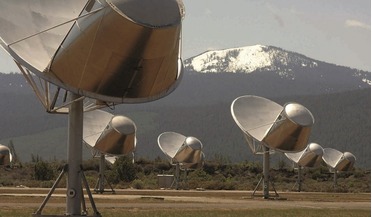 26 June 2020
Giant ‘Exotica’ catalogue boosts search for alien life
26 June 2020
Giant ‘Exotica’ catalogue boosts search for alien life
... extraterrestrial intelligence. The catalogue collects over 700 distinct targets intended to include ‘one of everything’ in the observed universe - ranging from comets to galaxies, from mundane objects to the most rare and violent celestial phenomena...
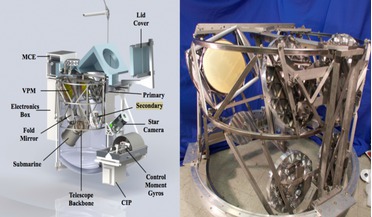 26 July 2016
Will PIPER be successful in confirming Inflation Theory?
26 July 2016
Will PIPER be successful in confirming Inflation Theory?
...expected if small thermal variations, generated by quantum fluctuations of matter, had expanded to the size of the current observable Universe. These residual variations are quite literally the seeds of the stars and galaxies that we see today. ...
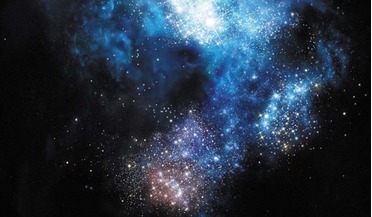 21 March 2016
Using gravitational waves to search for Population III stars
21 March 2016
Using gravitational waves to search for Population III stars
... of stars. Understanding the origin of the IMF is crucial as it includes the basic physics that determine our observable universe, from the generation of the chemical elements, to the overall formation and evolution of galaxies. However, scientists...
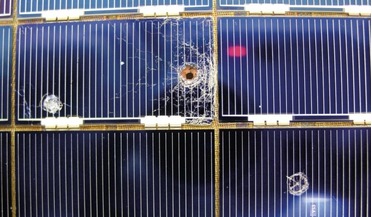 February 2021
Space archaeology - preserving our orbital heritage
February 2021
Space archaeology - preserving our orbital heritage
...17,500 miles per hour is significant, as shown by craters observed in Space Shuttle windows. Whilst larger assets such as the ... and age of the universe, and enabled us to delve further back in time in the observable universe than any other telescope ...
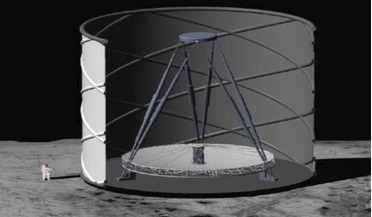 18 November 2020
Astronomers want to revive idea for ‘Ultimately Large Telescope’ on the Moon
18 November 2020
Astronomers want to revive idea for ‘Ultimately Large Telescope’ on the Moon
... to carry out deep infrared surveys to study the distant Universe, the UHT would be able to observe Population III stars, the first stars which formed about 13...’s centuries old pursuit to “push the frontier of the observable universe,” the team say.